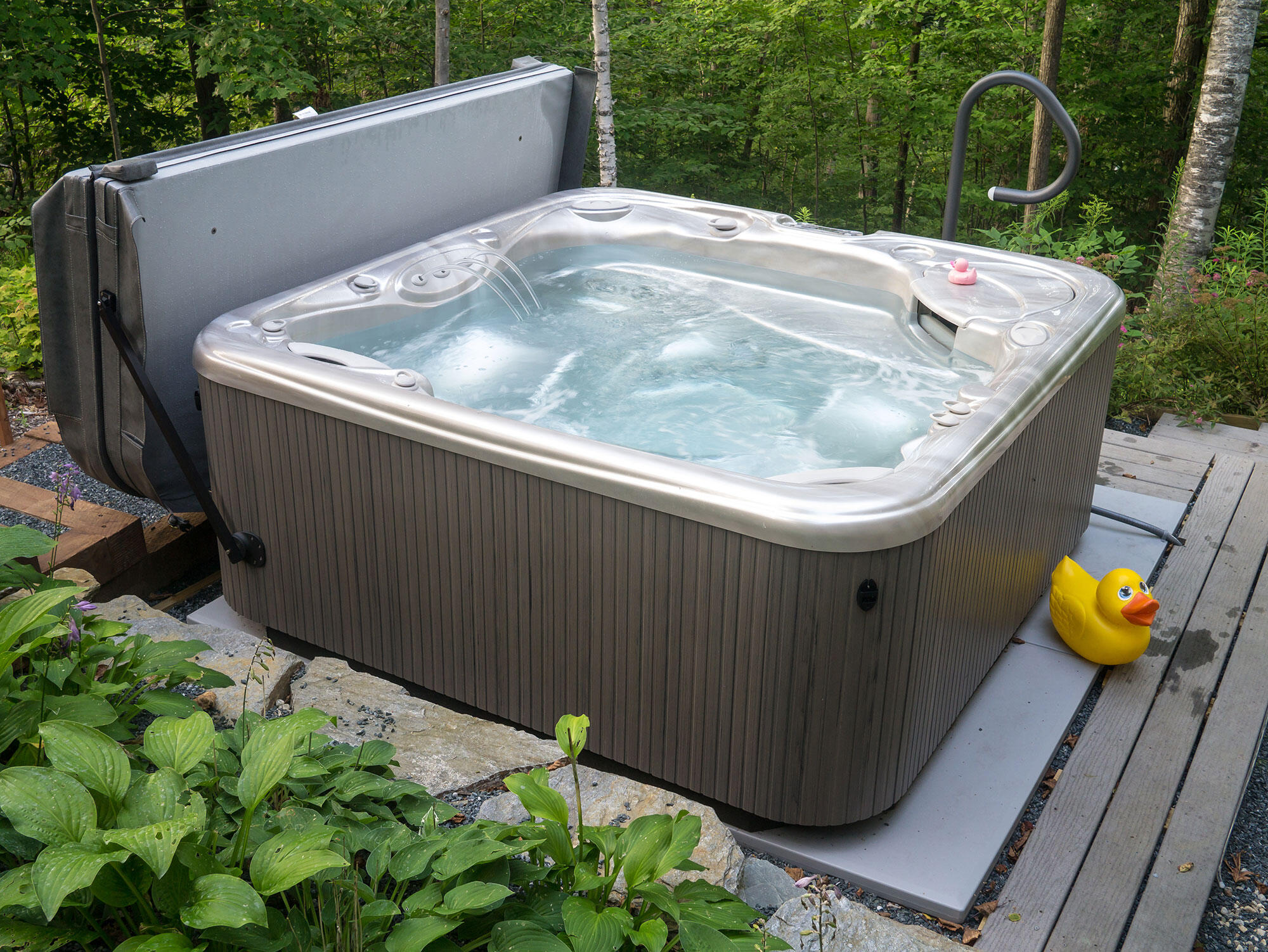
THE PRODUCT:
Portable electric spas (PESs) are free-standing spas that are electrically heated. PESs include conventional high-temperature “hot tubs”, exercise or swim spas, and inflatable spas.
THE STANDARD:
There are currently no federal standards for PESs. In 2022, following a final determination of PESs as a covered consumer product, DOE initiated a standards rulemaking.
California adopted the first state standards for PESs in 2004, and an additional 13 states have adopted state-level standards. The state standards for PESs set maximum standby power limits.
*Standby power refers to the energy consumed to maintain the temperature set point and to circulate and filter the water when the spa is not being used.
KEY FACTS:
As of 2020, about five million US households had spas. Typical PESs waste a significant amount of energy through heat loss when the spa is not being used. A typical 334-gallon spa just meeting the most recent state standards uses more than 200 W of standby power, or about 1,900 kWh per year. For comparison, an average new refrigerator uses about 500 kWh per year.
Filings
Timeline
| Federal | Date | States |
| 2024 | MD Standard Effective | |
| 2024 | WA Standard Effective | |
| 2023 | NV Standard Effective | |
| 2023 | ME Standard Effective | |
| 2023 | RI Standard Effective | |
| 2022 | MD Standard Adopted | |
| 2022 | WA Standard Adopted | |
| 2022 | DC Standard Effective | |
| 2022 | MA Standard Effective | |
| 2022 | OR Standard Effective | |
| 2022 | NJ Standard Effective | |
| 2021 | ME Standard Adopted | |
| 2021 | RI Standard Adopted | |
| 2021 | OR Standard Adopted | |
| 2021 | NV Standard Adopted | |
| 2021 | MA Standard Adopted | |
| 2021 | NJ Standard Adopted | |
| 2021 | CO Standard Effective | |
| 2020 | DC Standard Adopted | |
| 2020 | VT Standard Effective | |
| 2020 | CA Standard Effective | |
| 2019 | CA Standard Adopted | |
| 2019 | CO Standard Adopted | |
| 2019 | CA Standard Effective | |
| 2018 | VT Standard Adopted | |
| 2018 | CA Standard Adopted | |
| 2012 | AZ Standard Effective | |
| 2010 | WA Standard Effective | |
| 2009 | OR Standard Effective | |
| 2009 | AZ Standard Adopted | |
| 2009 | WA Standard Adopted | |
| 2009 | CT Standard Effective | |
| 2007 | OR Standard Adopted | |
| 2007 | CT Standard Adopted | |
| 2006 | CA Standard Effective | |
| 2004 | CA Standard Adopted |